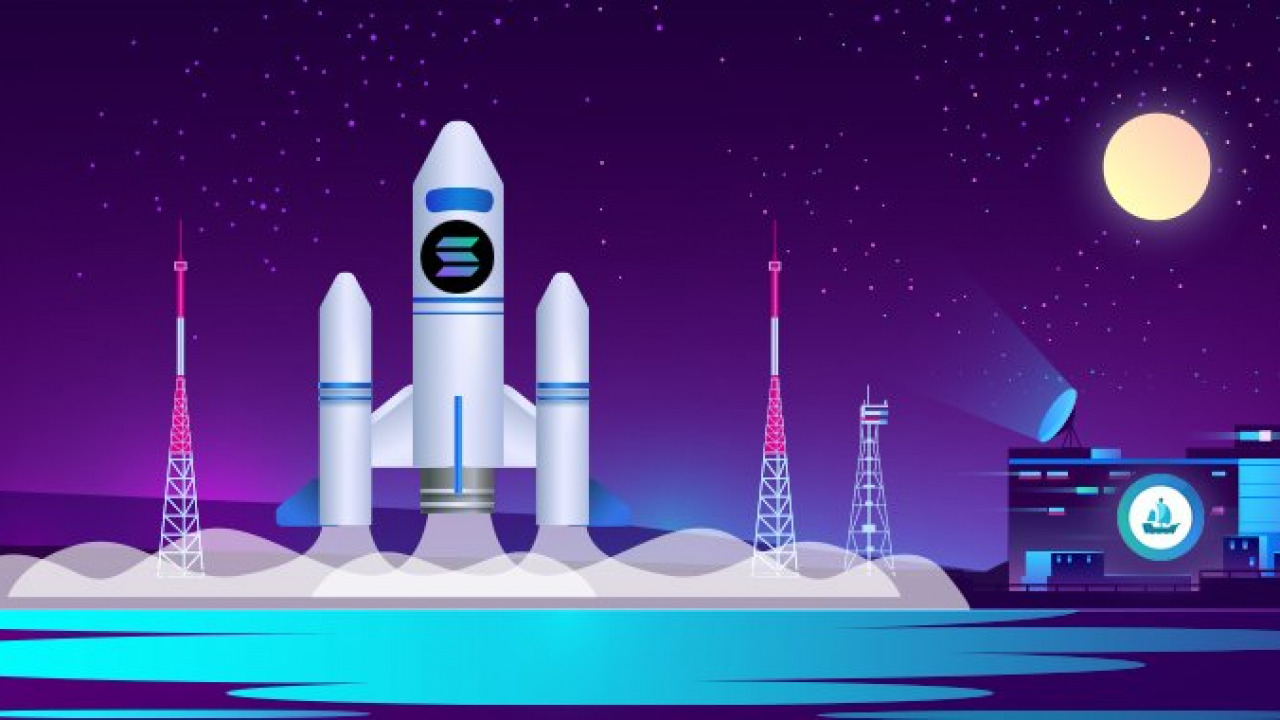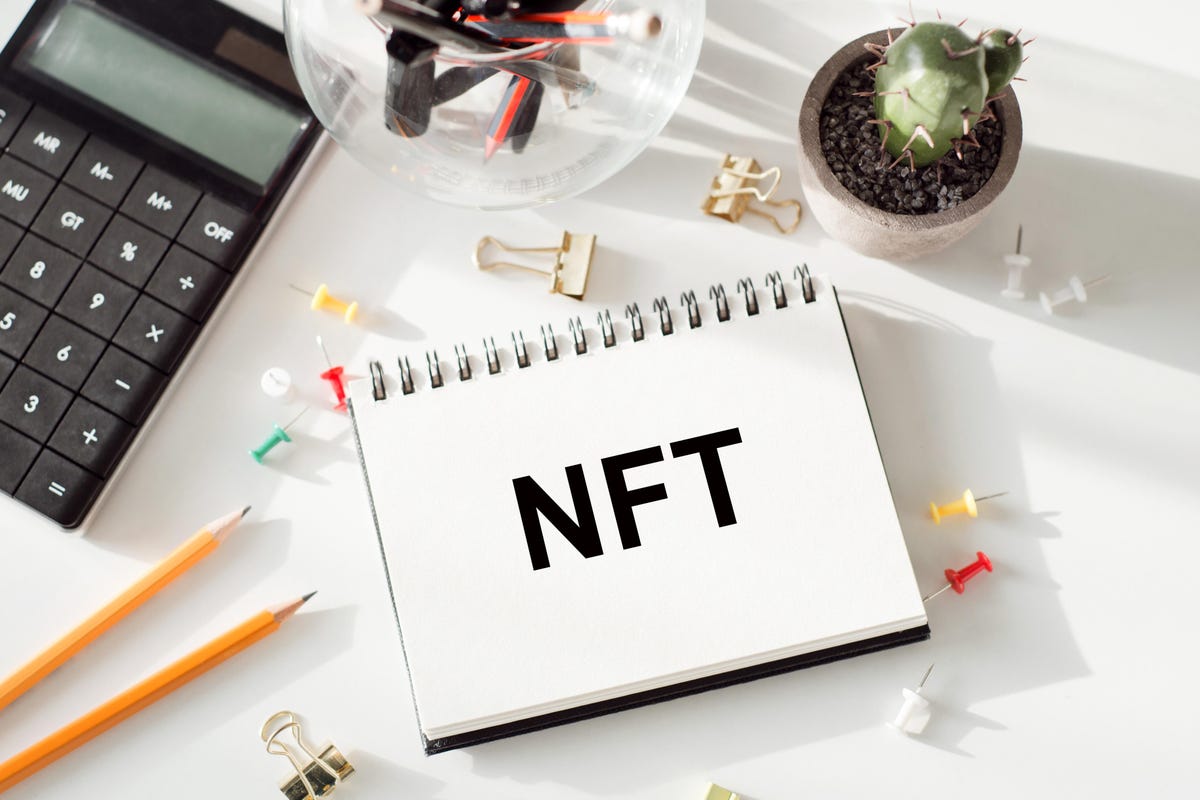The term “metaverse” refers to a set of linked virtual worlds that have been conceptualized as a result of the fusion of many cutting-edge technologies, including blockchain, virtual reality/augmented reality, artificial intelligence, and video nft launchpad games project. According to Zuckerberg, the metaverse, which makes use of virtual reality (VR) and augmented reality (AR) technologies, will ultimately replace the current social media platforms.
The nft launchpad games project model also incorporates the concept of the metaverse, allowing users to engage with other virtual residents while navigating a virtual area using their in-game avatars. The ultimate objective of the metaverse is to link all virtual worlds together so that users may move between them as if they were one.
Finally, the metaverse uses blockchain technology to enable NFTs, which let users own digital items, and DeFi, which creates a true digital economy. Learn more best defi games.
What is the Structure of the Metaverse?
Early-stage systems like Decentraland, a blockchain-based digital world where players may own virtual lands and other in-game assets using the local currency MANA, allow users to see the metaverse, which can be thought of as a sub-universe within our own. Cryptocurrency tokens known as non-fungible tokens (NFT) may be used to represent certain assets on a blockchain. All blockchain nft launchpad gaming projects, such as Axie Infinity, Cryptovoxels, and The Sandbox, feature NFT methodologies.

Gaming and cryptocurrency, two technologies that when combined become true “game changers,” are now dominating the early stages of the metaverse, bringing us closer to the future vision. Since a new generation of NFT launchpad games projects now enables users to entirely own their gaming assets and make money while they play, the days of profiteering being reserved for game developers are gone.
What are the projects for NFT Launchpad Games?
Early-stage metaverse platforms for the NFT launchpad games project include unique economic structures that let users make money as they play. Blockchain technology is often used in these NFT launchpad gaming projects, which provide players rewards and prizes based on their platform activity or in-game achievements.
Users who earn bitcoin via gaming activities may convert it on cryptocurrency exchanges for fiat money or other assets.
Trading card game Splinterlands links to various different blockchains and runs on the Hive one. It perfectly complements the idea of the NFT Launchpad Games initiative. Players may fight monsters in this trading card game, originally known as Steem Monsters, for rewards. Players may level up their cards by fusing two or more similar cards. Dark Energy Crystals (DEC), the virtual money used in the game, may be acquired via winning battles, trading cards, and other in-game actions.
Trading card game Splinterlands is played in a web browser. There is also an Android app available, and an iOS version is under approval. In this lesson, we’ll go over everything you need to know to start battling monsters and making money. You will be ready to climb the ranks, level up your monsters, and win rewards.
This splinterlands NFT launchpad games project guide is not intended to be financial advice, but it may provide you with some tips on how to get the most out of your gaming time. First and foremost, we’re talking about the NFT Launchpad Games Project, and the value in these virtual economies comes from players having a good time with one another. Without players, a community cannot exist. There is no value in isolation.

An Overview of the Gameplay Principles
Warning: You must buy a Summoner’s Book in order to start the game’s play-to-earn mode. A five dollar investment was made there.
At first glance, Splinterlands may resemble previous trading card NFT launchpad gaming projects like Hearthstone or Magic: The Gathering. While there are some parallels between them, there is one significant difference: combat is totally automated.
To be quite honest, I wasn’t thrilled with the automated matches when I first started playing the game. I anticipated giving orders during epic battles, as I had in other games of a similar kind. But when I learned more about the game, I found that I really liked the automated fighting.
The gameplay is focused on getting ready for battle. You choose your Summoner, gather your troops, and then see them engage in a struggle for supremacy. Once the conflict begins, you have no control over its course and no way to affect it in any way.
A normal fight’s 10 steps
1. The user selects “Ranked” and hits the “Battle” button on the Battle page.
2. The game locates an opponent and searches for you.
3. The player is made aware of all relevant details about the battle, such as the quantity of mana available, the authorized Summoners, and any special regulations. These particular rules are first mentioned in Bronze II, when you are a Novice.
4. The player moves on to the next page and has two minutes to build their deck.
5. The first step is to choose a Summoner since this will decide the kind of cards that are available throughout the battle.

6. The player then chooses which cards to use in battle. Putting together a winning team while staying within the limits of the available mana and the rules of the game is the main gameplay feature.
7. The opponent is engaging in the same activity within the allotted two minutes.
8. The fight starts once both players are ready.
9. The user clicks “Rumble,” and the dispute starts off on its own.
10. The winner is announced, given DEC and rating points, and the player is then sent back to the starting screen.
The player’s rating is impacted by each game, with wins raising it and losses reducing it. The player enters the next league and receives chests if they meet certain rating requirements. Cards, packs, and potions are among the treasures found in chests. A countdown on the Battle page on the season’s last day of play indicates when the chests acquired in this fashion are unlocked.
Chests may also be acquired by completing daily quests. These tasks vary, but they often call for the completion of five NFT launchpad gaming projects that include a certain aspect, such as “five cards that include fire.” After successfully completing a daily assignment, the player is given access to a nearby chest.
On the Battle tab, you may access additional NFT launchpad gaming projects, but the focus of the game is on engaging in rated combat with other players.
Knowing How to Read Playing Cards
To build a successful deck that triumphs in battles, you must be acquainted with the many types of game cards. Each card is categorized as either a monster or a summoner.
Generally speaking, elements like fire or water serve as the primary representations for beings called summoner cards. The actual fighters are the monster cards. Each Summoner grants a special boost to their summoned monsters, such as increased magic power or armor. Choosing the right Summoner for the match requires careful consideration on which boost to employ.



